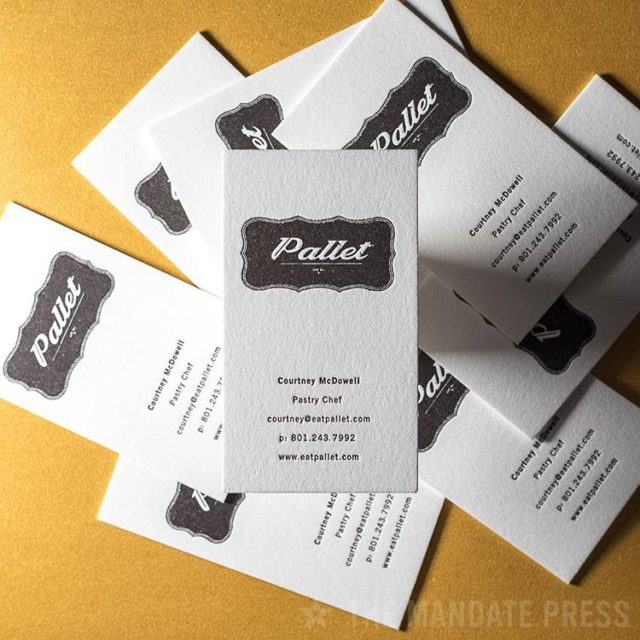
Embossing works for text, images, borders, and more.īut you can make your design more intricate and unique. It’s a 3D image that is both visually and texturally stimulating. This leaves the final image raised from the surrounding material. The 2nd layer will cover up the deboss on the backside of the first paper layer. Or, ask for a duplex laminated double layered card in which two pieces of card stock are glued together. If you’re planning to use both sides of the paper or card, try incorporating the deboss in the design. It’s worth mentioning that a true emboss will create a raised image on one side and a deboss on the other.

The dies push into the paper and each other using a great amount of pressure and heat to raise one side of the paper creating the embossment. The print shop feeds card stock or paper between the die and the counter die.

It fits tightly into the emboss die when pressed together. The counter die consists of epoxy, fiberglass, or magnesium plates. The emboss die made with metal presses from above. When you have an item embossed, the printing company will use a die and a counter die which have the etching of the design you wish to emboss. This is especially true for business cards and company promotional materials. When used properly, embossing and debossing add a level of sophistication that can improve the visual appeal of your brand. debossing?Įmbossing creates an image or text that raises from the plane of the material.ĭebossing pushes down into the material causing the image or text to recess into the material. So, what’s the difference between embossing vs. This works for business cards, marketing collateral, and other promotional work. Both are forms of imprinting that use a metal plate to press into the paper or card stock.Īdding embossing or debossing gives the viewer another way to experience the project. DebossingĮmbossing and debasing add topography and texture to your project. Here are some tips and tricks to get the most out of your embossing or debossing project. Both add texture, elegance, and professionalism to your design elements, type, or logos but in different ways. This is where embossing and debossing come in. It adds an extra sensory experience beyond just the visuals. You can use texture in your projects for people to touch.Īdding texture to business cards, packaging, marketing collateral, and other projects is a great way to engage existing and potential customers.

We know the feeling, and hope you didn’t touch the valuable fine art.įortunately for you, using texture isn’t limited to just fine art. Have you ever been to an art gallery or museum and felt a need to touch a textured artwork?


 0 kommentar(er)
0 kommentar(er)
